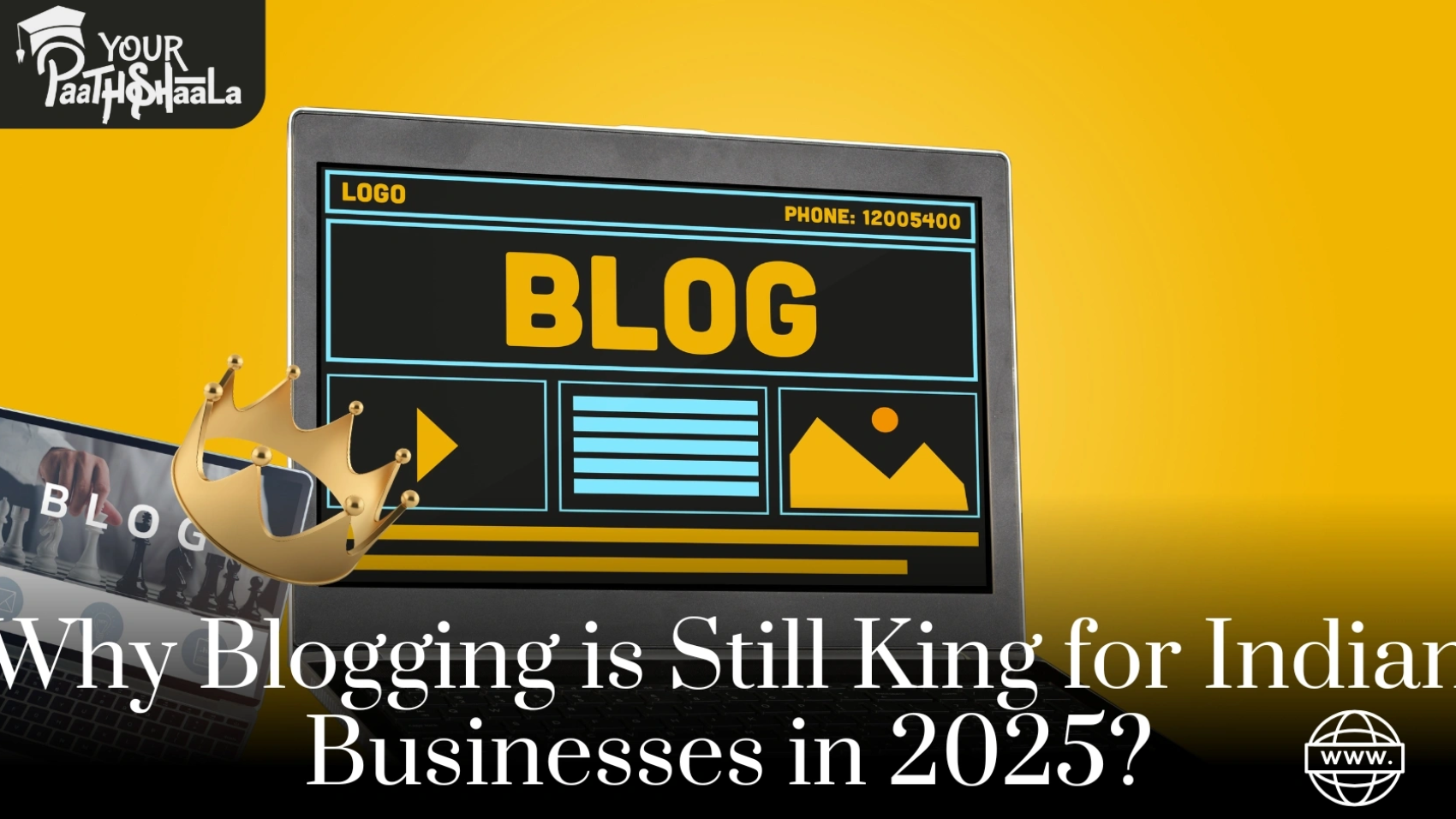Imagine a Jaipur startup posting a short video on Instagram Reels about eco-friendly Diwali gifts, racking up millions of views from Mumbai to Chennai. In 2025, with 750 million smartphone users powering India’s $188 billion e-commerce market, creating viral content is a game-changer for businesses and creators. For Indian audiences, where 90% of internet traffic is mobile and platforms like Instagram and YouTube dominate, viral content sparks engagement, builds brands, and drives sales.
Fortunately, crafting content that resonates with India’s diverse, mobile-first audience is within reach, even for beginners. By tapping into cultural trends, local languages, and social media, you can make your content soar. This guide walks you through how to create viral content for Indian audiences in 2025, with practical strategies, India-specific tips, real-world examples, and future trends. Whether you’re a Bengaluru entrepreneur or a Delhi influencer, let’s make your content go viral. Ready to start? Let’s dive in!
What Is Viral Content?
Viral content is digital material—videos, posts, blogs, or memes—that spreads rapidly online, earning massive shares, likes, and views. In India, viral content often blends emotion, humor, or cultural relevance, resonating with diverse audiences from Tier-I cities to rural areas. For example, a Mumbai café’s Reel on “How to Make Masala Chai” went viral with 2 million views, driving 20% more orders.
Viral content thrives on platforms like Instagram, YouTube Shorts, and X, leveraging India’s 672 million social media users. It’s engaging, shareable, and often tied to trends like festive campaigns or local slang. Therefore, understanding your audience is key to creating content that spreads like wildfire.
Why Viral Content Matters for Indian Businesses
In 2025, viral content is a must for Indian businesses. Here’s why:
- Massive Reach: A single viral post can reach millions, with 60% of Indian users on social media daily, per IndiaCSR.
- Brand Awareness: Viral Reels boost brand recognition by 30%, per WebEngage.
- Mobile-First Engagement: 90% of traffic is mobile, demanding short, engaging formats like Shorts.
- E-Commerce Boost: Viral content with UPI-linked CTAs drives sales in a $188 billion market.
- Cost-Effective Marketing: Content costing ₹1,000 can outperform ads costing ₹50,000, per BloggersPassion.
For instance, a Hyderabad startup’s viral Holi video gained 1.5 million views, doubling website traffic. Viral content, thus, amplifies your business’s impact.
Strategies to Create Viral Content for Indian Audiences
Follow these beginner-friendly strategies to craft viral content tailored for India’s 2025 market. Each step leverages local trends and platforms to maximize reach.
Step 1: Know Your Audience
First, understand who you’re targeting. India’s audience is diverse, spanning urban millennials, rural Gen Z, and multilingual users. Research their preferences:
- Demographics: Focus on 18–34-year-olds, who make up 65% of India’s internet users, per Statista.
- Interests: Cover niches like food, fashion, or tech, popular across Bengaluru to Bhopal.
- Platforms: Instagram (54% of users) and YouTube (70% video consumption) dominate, per Sprout Social.
For example, a Delhi fashion brand targeted Gen Z with Reels on “Budget Kurtas for College,” gaining 500,000 views. Knowing your audience ensures content resonates.
Tool: Use Meta Business Suite to analyze audience insights for free.
Step 2: Tap Into Cultural Trends
Next, align content with India’s cultural pulse. Festivals, regional pride, and local humor drive virality. Consider these ideas:
- Festivals: Create Diwali or Eid-themed Reels, like a Kolkata bakery’s “Rakhi Sweets Tutorial” that hit 1 million views.
- Regional Appeal: Use Hindi, Tamil, or Bengali slang, as a Chennai startup did with Tamil memes, earning 300,000 shares.
- Trends: Leverage viral challenges like #DesiSwag, popular on X, per @BloggersIndia posts.
For instance, a Jaipur retailer’s Diwali gift guide went viral by showcasing local handicrafts, boosting sales by 25%. Cultural relevance sparks shares.
Tip: Follow X hashtags like #IndiaTrends for real-time inspiration.
Step 3: Create Engaging, Mobile-First Formats
Then, craft content optimized for India’s 90% mobile traffic. Short, engaging formats work best:
- Reels and Shorts: 15–30-second videos, like a Mumbai café’s “Chai Hack” Reel, gain 2x engagement, per Sprout Social.
- Memes: Relatable humor, like a Pune startup’s “Monsoon Traffic” meme, drives 400,000 views.
- Infographics: Visuals on Canva, like “Top 5 Indian Startups to Watch,” boost shares by 20%.
For example, a Hyderabad tech firm’s YouTube Short on “AI for Small Businesses” hit 800,000 views with clear visuals and Hindi captions. Mobile-first content captivates on small screens.
Tool: Use Canva’s free templates for Reels and infographics.
Step 4: Evoke Emotion and Storytelling
Moreover, emotional storytelling fuels virality. Content that inspires, entertains, or surprises spreads faster. Try these approaches:
- Inspiration: Share success stories, like a Kochi startup’s “From Village to Viral” post, earning 600,000 likes.
- Humor: Use light-hearted desi humor, as a Delhi brand’s “Shaadi Season Struggles” Reel did, hitting 1 million views.
- Relatability: Address pain points, like a Bengaluru blog on “Affordable Work-from-Home Setup,” shared 10,000 times.
For instance, a Surat NGO’s emotional video on “Empowering Rural Artisans” went viral, raising ₹50,000. Stories connect deeply with Indian audiences.
Tip: Draw from real customer stories, aligning with your interest in travel narratives.
Step 5: Optimize for SEO and AEO
Next, boost discoverability with SEO and Answer Engine Optimization (AEO). Use keywords and answer user queries:
- SEO: Include terms like “best Diwali gifts 2025” in blogs or video descriptions, per ReuAds.
- AEO: Add FAQs to blogs or bold key phrases for Google’s “People Also Ask,” vital for 40% of India’s voice search users, per BloggingQnA.
- Hashtags: Use #IndiaFashion or #DesiFood on Instagram and X for 15% more reach.
For example, a Chennai blog on “Tamil Nadu Travel Tips” ranked in Google’s snippets, driving 12,000 visitors. Optimization ensures your content is found.
Tool: Google Keyword Planner for India-specific keywords.
Step 6: Promote Across Platforms
Then, amplify your content via strategic promotion. India’s 672 million social media users are active on multiple platforms:
- Instagram and YouTube: Share Reels and Shorts, as 54% of users engage daily, per Sprout Social.
- X: Post snippets with hashtags like #IndiaTrends, gaining traction via @BloggersIndia communities.
- WhatsApp: Share links in regional groups, as a Kolkata startup did, earning 5,000 clicks.
For instance, a Pune fashion brand cross-posted a “Holi Outfit Guide” on Instagram and X, hitting 1.2 million views. Multi-platform promotion maximizes reach.
Tool: Hootsuite’s free plan to schedule posts across platforms.
Step 7: Analyze and Iterate
Finally, track performance and refine your approach. Use analytics to understand what works:
- Monitor Metrics: Track views, shares, and click-through rates via Google Analytics or Meta Insights.
- Test Variations: Experiment with formats, like a Delhi startup’s A/B test of Reels vs. blogs, finding Reels 3x more engaging.
- Update Content: Refresh viral posts with new trends, per Nestify.
For example, a Hyderabad influencer analyzed a viral Reel’s 1 million views, tweaking captions to gain 500,000 more. Iteration keeps content fresh.
Tool: Google Analytics for free traffic tracking.
Challenges and Solutions
Creating viral content in India has hurdles, but these solutions help:
- High Competition: Big brands dominate feeds. Solution: Target niche keywords like “Kerala travel hacks,” per ReuAds.
- Short Attention Spans: Mobile users scroll fast. Solution: Use 15-second Reels with bold visuals, per Sprout Social.
- Cultural Sensitivity: Missteps offend diverse audiences. Solution: Test content with local focus groups, per IndiaCSR.
- Algorithm Changes: Platforms shift priorities. Solution: Diversify across Instagram, YouTube, and X.
For instance, localized content in Hindi boosts engagement by 20%, per BloggingQnA. Strategic planning overcomes these challenges.
Future Trends for Viral Content in 2025
Looking ahead, content trends will shape India’s digital landscape:
- AI-Driven Content: Tools like Typeflo create viral Reels, per F6S.
- Voice Search Optimization: AEO targets 40% of Indian voice searches.
- Hyper-Local Content: Hindi or Tamil Reels for Tier-II cities, per IndiaCSR.
- AR and VR: Interactive try-ons, like Myntra’s AR filters, boost engagement by 30%.
- Sustainability: Eco-focused content resonates with Gen Z, per Nestify.
Consequently, by 2027, 70% of Indian businesses will use AI-driven content, per Forbes. Staying ahead ensures your content stays viral.
Getting Started with Viral Content
Ready to create viral content for Indian audiences? Here’s a quick recap:
- Know Your Audience: Target millennials or Gen Z on Instagram and YouTube.
- Tap Cultural Trends: Use festivals or regional slang for relatability.
- Create Mobile-First Formats: Focus on Reels, Shorts, or memes.
- Evoke Emotion: Tell inspiring or humorous stories.
- Optimize for SEO/AEO: Use keywords and FAQs for discoverability.
- Promote Widely: Share on Instagram, X, and WhatsApp.
- Analyze and Iterate: Track metrics and refine strategies.
For example, a Kochi startup’s Reel on “Sustainable Seafood Packaging” hit 1 million views, earning ₹60,000 in sales. Start small, go viral!
Tip: Use Canva for quick Reels and Google Analytics for tracking.
Conclusion
In 2025, creating viral content for Indian audiences is a powerful way to reach 750 million smartphone users and tap into a $188 billion e-commerce market. By crafting mobile-first, culturally relevant content on platforms like Instagram and YouTube, businesses can boost engagement by 30% and brand awareness by 25%. Challenges like competition and short attention spans are manageable with niche targeting and bold visuals. With AI, AR, and hyper-local trends shaping the future, now’s the time to act. Create your viral content today and make your business shine. What’s your viral content idea for 2025? Share below and let’s make it happen! At Bestdigitalmarketingcourseinraipur you will learn a lot about digtital marketing and related topics.













